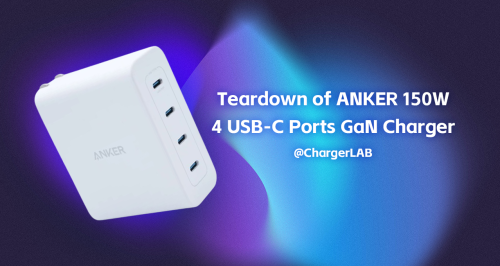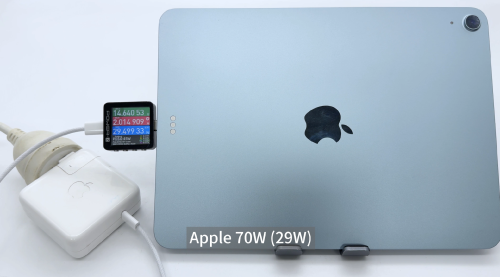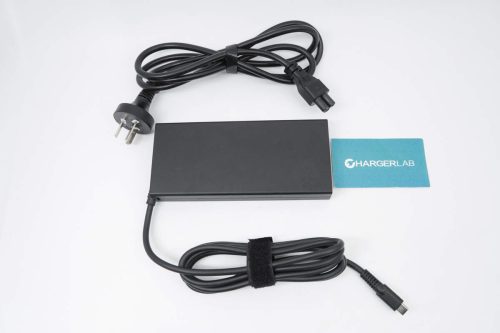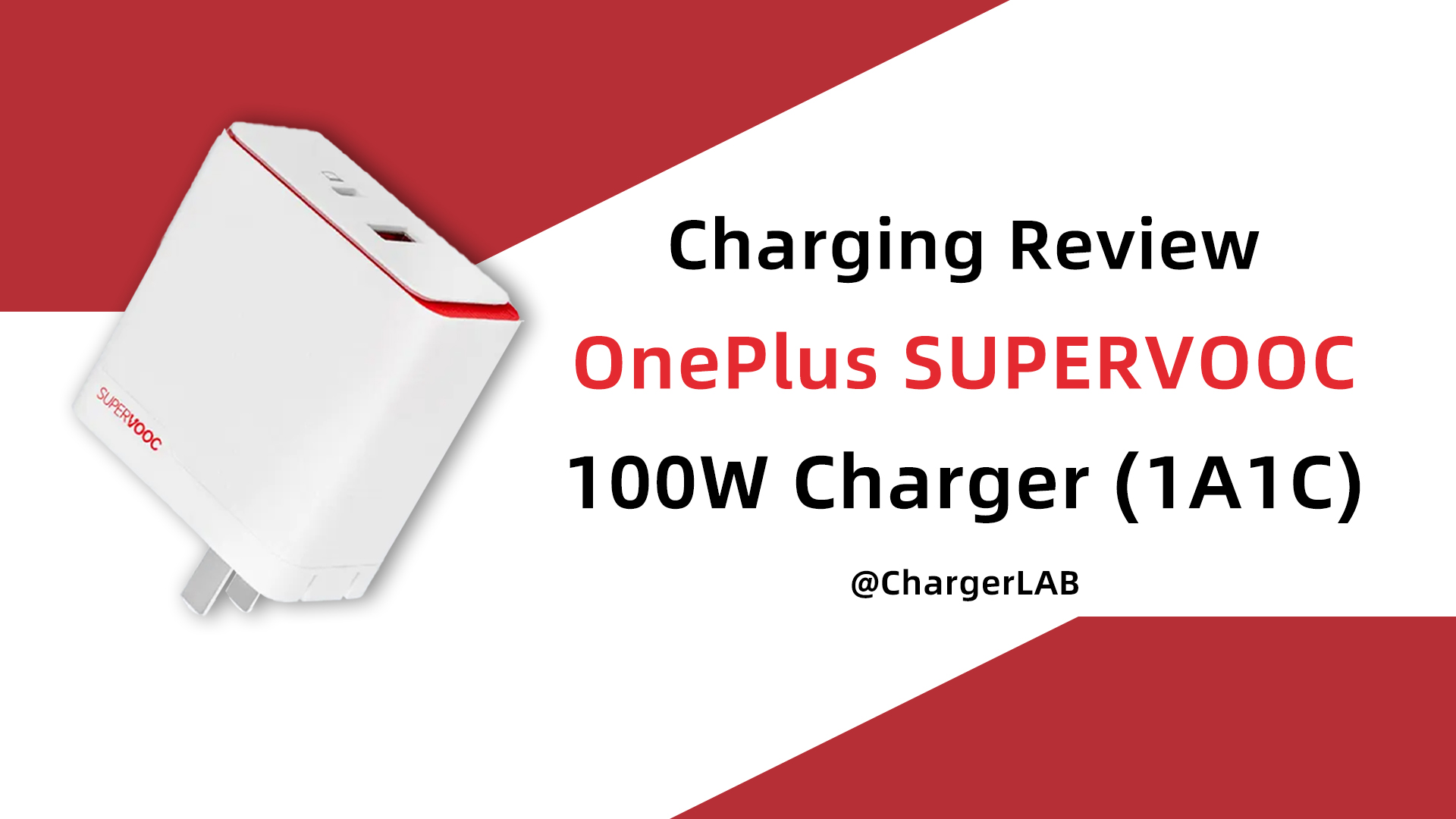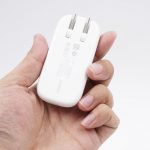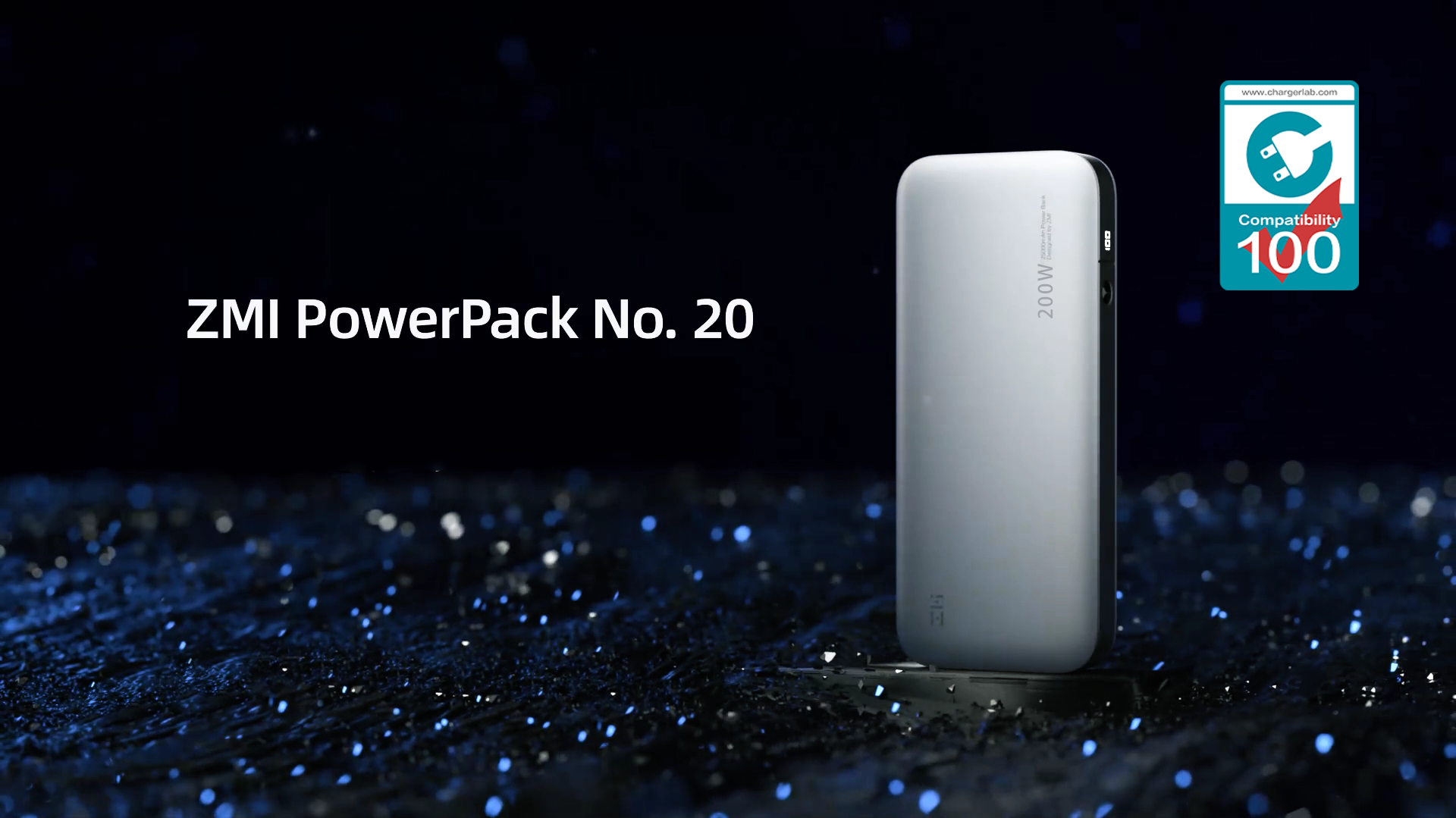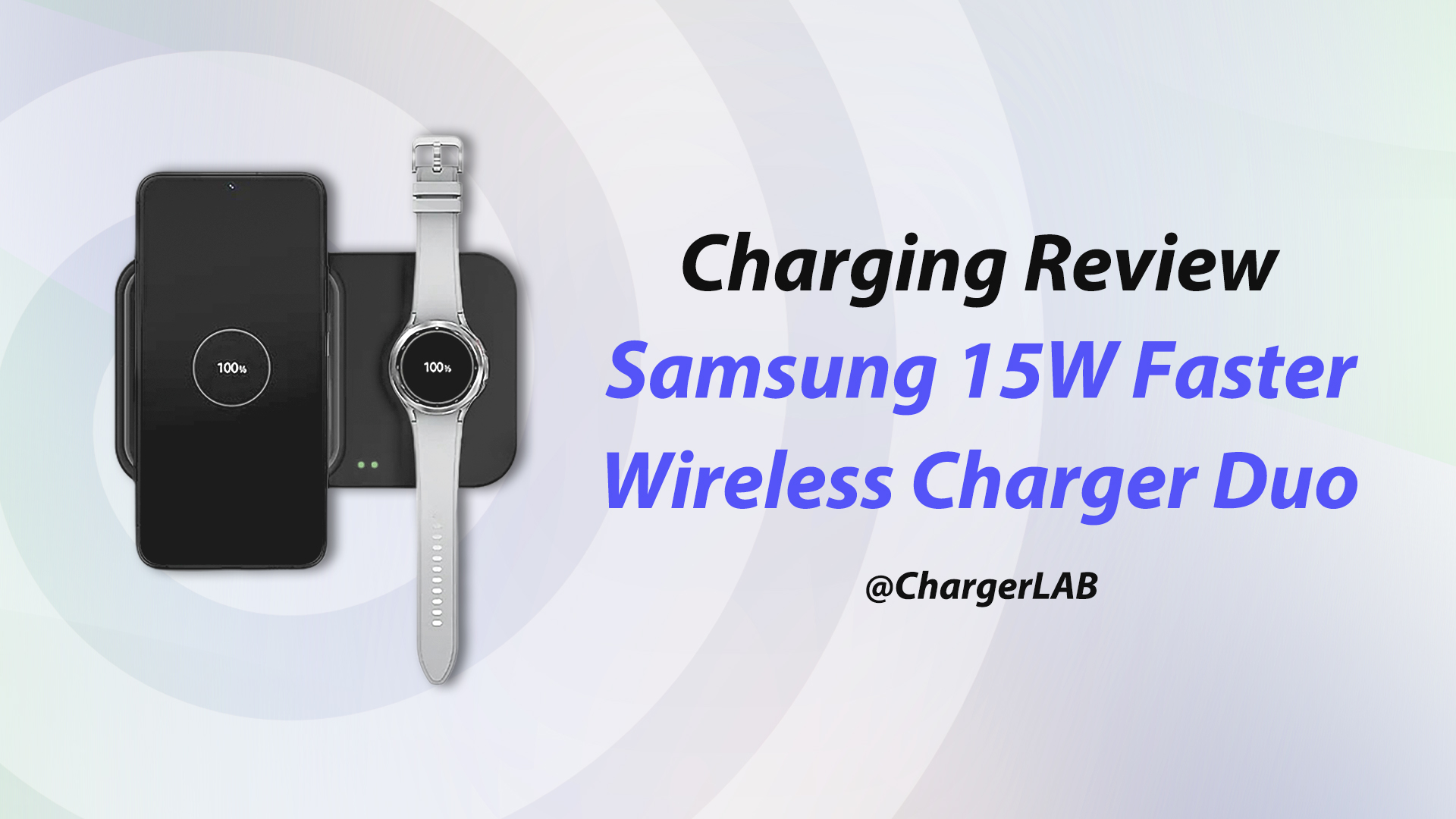Recently we reviewed the OPPO SuperVOOC car charger which has a maximum charging power of 50W, capable of charging OPPO R17 Pro to full battery in just 40 minutes. This technology has also been integrated with a power bank. In partnership with Pokémon, Oppo unveiled a Pikachu-themed SuperVOOC power bank with a battery capacity of 10,000mAh, which is capable of outputting 50W of power at 10V/5A and is capable of juicing up a compatible device just as fast as a SuperVOOC wall charger. We just can't wait to tear this cute beast down!
I Design

Lovely Picachu yellow box. Pika pika!

Specifications of the SuperVOOC 50W Power Bank (Pikachu Edition). Model: PB001 Rated output: 5V/2A. Output: 5V/4A (Max), 10V/5A (Max). Capacity: 5000mAh (two cells). Rated capacity: 6000mAh (5V/2A). Made by Guangdong OPPO Mobile Telecommunications Corp., Ltd.

It comes with a short USB-A to USB-C cable which can fast charge the power bank and OPPO and OnePlus phones.

It is made of flame-retardant polycarbonate with Pikachu styling.

Cute Pikachu face on the back.

Specifications.

It has a USB-A output port and a USB-C input port for charging. The USB-C port does not support power output.
II Test

Using our ChargerLAB Power-Z FL001S USB tester, it shows that the power bank does not support common fast charging protocols.
III Teardown

Removing the housing reveals the PCBA and battery cells inside. The size of the PCBA is much larger than the conventional 10000mAh power banks to be able to output power of 50W.

The PCBA is mounted on the housing using four screws. The blue board is covered with components, and the battery is connected to the PCBA with a nickel strap.

An MCU from STMicroelectronics, the pad is glued.

The STMicroelectronics STM32L031 is an ultra-low-power 32-bit microcontroller with a minimum operating voltage of 1.65V and an operating frequency from 32kHz to 32MHz.

AON7418 MOS tube.

Battery protection chip 9K03 and protection tube AON7418.

Two 5mΩ current sense resistors in parallel.

The USB-C is fixed by two screws.

The USB-C port is connected to the PCBA by a ribbon cable, and the terminals are connected in parallel to reduce the resistance.

Close-up of the USB-C female socket.

Remove the battery cell and the PCBA from the casing, we can see that a large double-sided adhesive tape is used to firmly fix the battery core to the casing to prevent the internal circuit from being dropped in daily use.

The inductor on the back of the PCBA is coated with a large, thick silicone heat sink, beside are two solid-state filter capacitors, which have a low profile.

Remove the heat-dissipating glue on the inductor, we see lettering of 3R3. There are four MOSs next to the inductor, and the USB-A port has an orange core.

Four LED battery level indicators, plus a buck-boost control chip and two MOS tubes.

The other side of the PCBA.

Two AON7418s for input and output switching and output port switching.

Two AON7544s.

1216 lettering.

USB-A port with 181123CN code.

The main control chip of the power bank, SC8815 from Southchip. Besides are the MOS tube, a total of four AON7544 to a buck-boost circuit for input and output.

SC8815 is a synchronous buck-boost charger controller which can support reverse discharging operation. It can support up to 36V battery voltage, so can be used to effectively manage the charging for 1~6 cell Li-ion batteries; When a system needs to generate an output from the battery, SC8815 can also discharge the cells and delivers desired output up to 36V. The SC8815 features I²C interface, so the battery termination voltage, output voltage, charging/discharging mode and VBAT/VBAT current limits can be set freely through I²C. Meantime, it offers several functions like PMOS gate driver, adapter/load insert detection to simplify the system design and reduce the BOM. The SC8815 supports under voltage lockout, over voltage protection, over current protection, short circuit warning and over temperature protections to ensure safety under different abnormal conditions.

A triode with SCCII lettering.

Close-up of the four LED indicators.

Reserved empty welding position.

The LED indicators have a special isolation compartment to prevent light leaks.

Close-up of the USB-C female socket.

Remove the output panel, the LED isolation compartment, and the USB-C female socket.

The USB-C port is a little different from the conventional type. It uses the same model as the phone, in which the internal plastic core is slightly longer than the metal casing.

Close-up of the internal of the USB-C port. 7 Pins.

The battery cell is from ATL, 19.25Wh a piece, and a standard voltage of 3.85V.

With two battery cells, the total energy reaches 38.5Wh. There is a thermistor between the batteries. When the temperature of the battery is abnormal, the output can be turned off in time to protect related devices.

The cell is wrapped around by insulating tape and looks neat and tidy. A shock-proof sponge is attached to the bottom of the cell.

The casing is made of PC+ABS material.

All the components.
IV Conclusion
OPPO's SuperVOOC 50W Power Bank supports two-way 50W fast charging, and is compatible with VOOC and DASH fast charging protocols, offering OPPO and OnePlus users one of the industry's fastest charging speed. However, it Does not support common fast charging protocols, and the USB-C port of this power bank only supports input and does not support output.
It can be seen from out in-depth teardown that this power bank features ATL Li-ion battery cells, Nanxin SC8815 buck-boost IC, and specially designed USB-C port. The overall structure and layout of the internal PCBA are more complicated than traditional solutions. We are very impressed by the high quality components, high performance, thoughtful design, and of course, the cute styling of the power bank.
Pros:
Two-way 50W fast charging.
High quality components.
Adorable styling.
Cons:
Expensive (399 CNY / 58 USD).
Does not support common fast charging protocols.
Source: chongdiantou


